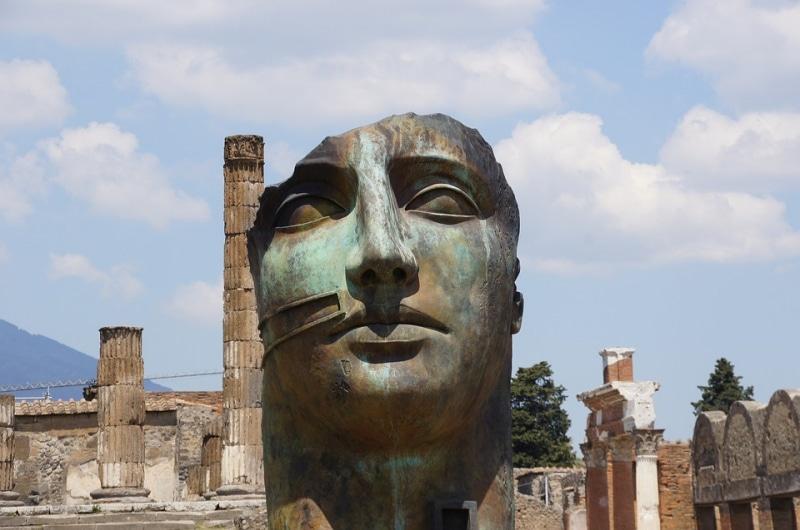Pompeii
Removed from Unnamed collection





+ 3
Source: Sam Zoon Images may be subject to copyright. Learn More
Picture yourself wandering through history, where every corner unveils a new layer of the past. Pompeii, perched on the southern slopes of the formidable Mount Vesuvius, was likely established by the Oscans around the 8th century BC. This ancient Italic tribe chose a prime spot along the Sarno River, which was navigable back then. The town quickly grew into a bustling commercial hub, catching the eye of both the Greeks and the Etruscans, who were eager to make their mark on this thriving settlement.
In the 5th century BC, after the Etruscans faced defeat in the waters near Cuma, the Samnites took control of Pompeii. This change of hands added yet another cultural layer to the city's fascinating history. As you stroll through the ancient streets today, you can almost hear the echoes of past merchants and sailors who once animated this lively marketplace.
Don't miss exploring the preserved ruins, where frescoes tell stories of everyday life and the shadows of ancient amphitheaters hint at the entertainment that once captivated its citizens. It's an experience that truly transports you back in time.
 Sam Zoon
Sam Zoon  Italy
Italy